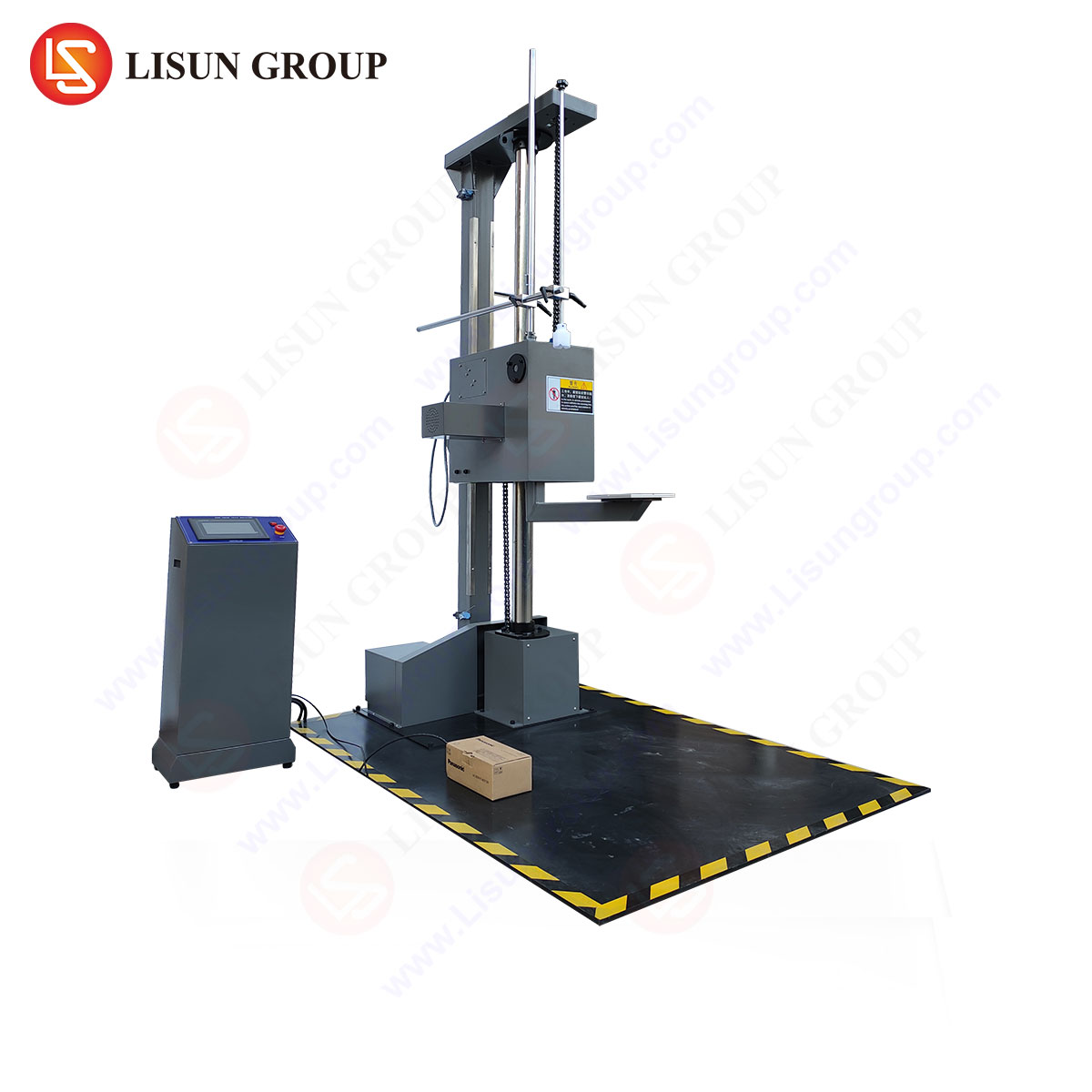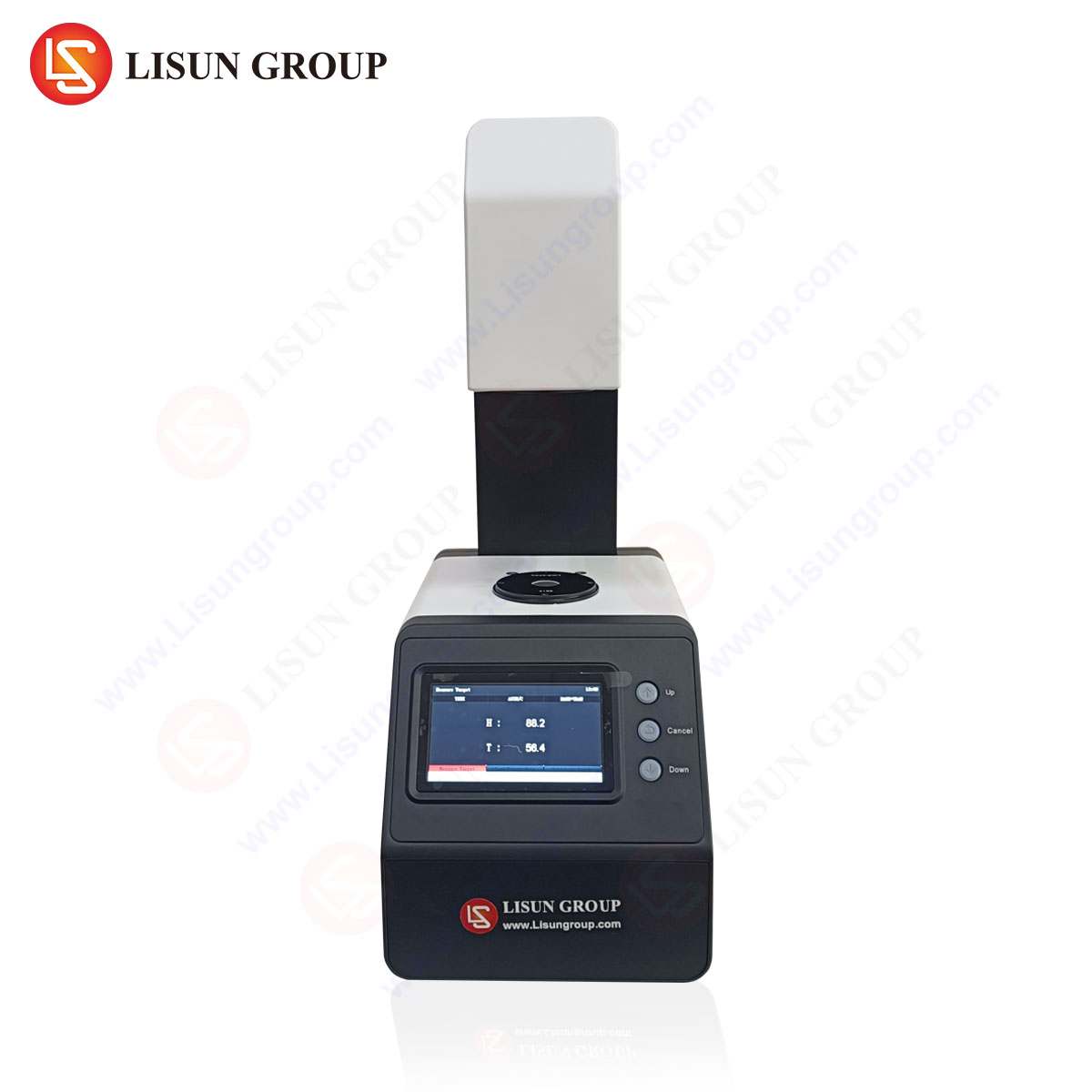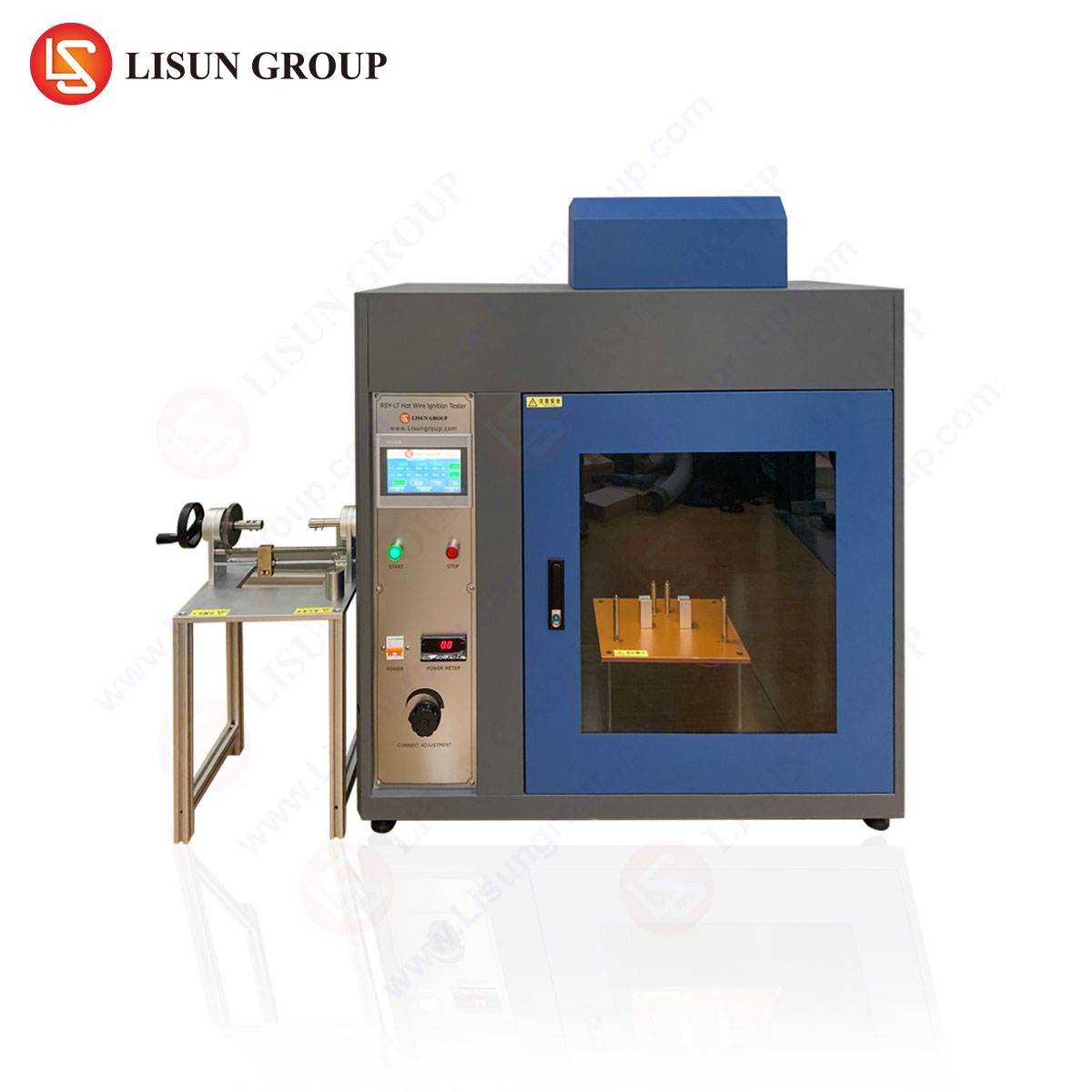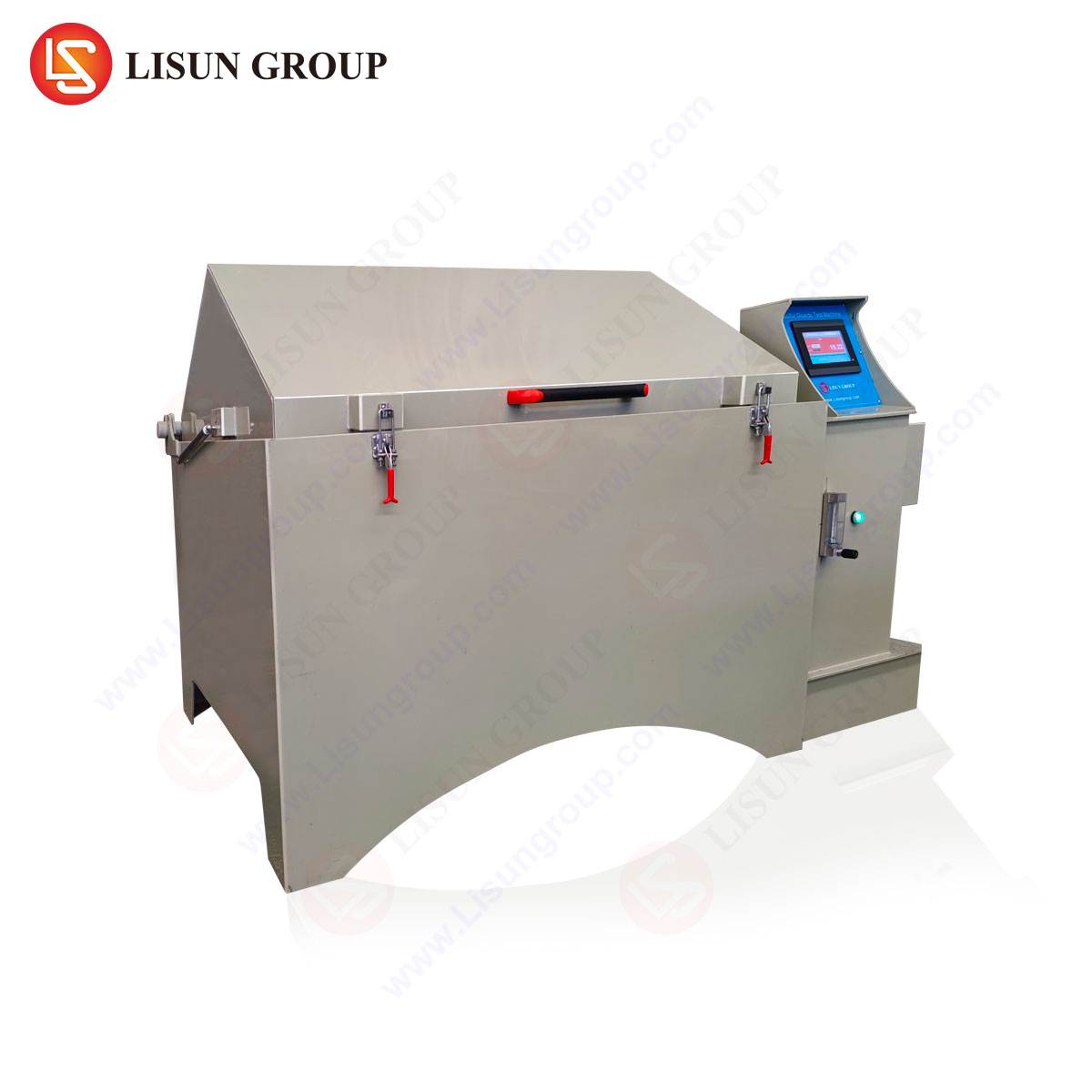A Comprehensive Framework for ISTA Compliance in Product Distribution
The global supply chain presents a formidable array of dynamic hazards that can compromise product integrity between the point of manufacture and the end-user. Vibration, shock, and compressive forces encountered during transportation can induce latent or catastrophic failures in finished goods. To mitigate these risks, the International Safe Transit Association (ISTA) has developed a series of standardized test procedures designed to simulate the distribution environment in a controlled laboratory setting. Adherence to these protocols is not merely a procedural formality; it is a critical component of product development, quality assurance, and risk management strategies across numerous industrial sectors. This guide provides a detailed examination of the principles and practices of ISTA testing, with a specific focus on the role of standardized drop testing as a fundamental validation method.
The Foundational Principles of Transit Simulation Testing
ISTA testing is predicated on the concept of replicating the cumulative stresses a package will endure throughout its logistical journey. Unlike deterministic tests that apply a single, extreme force, transit simulation employs a sequence of controlled, repeatable stimuli that mirror real-world conditions. The primary objectives are threefold: to assess the protective performance of the packaging system, to evaluate the product’s inherent robustness to dynamic loads, and to validate the unitized load stability of palletized shipments. The methodology is inherently scientific, relying on data acquisition and analysis to quantify performance. Key physical phenomena under investigation include the transmissibility of shock pulses through packaging materials, the resonant frequencies of the product-package system, and the energy dissipation characteristics of cushioning elements. By understanding these interactions, engineers can make informed design decisions that enhance survivability without resorting to over-packaging, thereby optimizing material usage and reducing environmental impact.
Deconstructing the ISTA Test Sequence: A Multi-Hazard Approach
A typical ISTA test procedure is not a single event but a curated sequence of hazards. The specific sequence is dictated by the chosen test procedure (e.g., Series 1A, 3E, 6-FEDEX), which is selected based on the product’s fragility, shipment weight, and anticipated distribution channel. A comprehensive test sequence generally incorporates several core elements.
Atmospheric preconditioning is often the initial step, where the packaged product is subjected to a controlled temperature and humidity environment for a prescribed duration. This process stabilizes the material properties of both the product and its packaging, particularly materials like corrugated cardboard or certain polymers whose mechanical strength can be highly sensitive to moisture content.
Vibration testing follows, simulating the continuous, low-level stresses experienced during transport. This is conducted using electrodynamic or hydraulic vibration tables. The test typically includes a random vibration profile, which contains a continuous spectrum of frequencies, more accurately representing the complex vibrations found in truck, rail, and air transport than single-frequency sine sweeps. During vibration, the package is monitored for resonance, which can amplify stresses and lead to fatigue failure in product components such as printed circuit boards (PCBs), solder joints, and brittle plastic housings.
Shock testing, often implemented through controlled drop tests, simulates the discrete, high-intensity impacts encountered during manual handling, sorting, and vehicle loading/unloading. This is a critical assessment of a product’s ability to withstand sudden deceleration. The test parameters—including drop height, orientation, and the number of impacts—are strictly defined by the ISTA standard.
Finally, compression testing evaluates the ability of the shipping container to withstand static loads during stacking in warehouses or shipping containers. This test is vital for ensuring that packaging does not catastrophically deform, which could compromise its protective function and lead to product damage.
The Critical Role of Standardized Drop Testing in Product Validation
Among the various tests, drop testing serves as a cornerstone for evaluating impact resistance. The principle is straightforward: a packaged product is raised to a specified height and released to free-fall onto a rigid, unyielding surface, impacting in a pre-determined orientation (e.g., flat on a face, on a corner, or on an edge). The energy of the impact is absorbed and distributed by the packaging system and the product itself. The objective is to identify the weakest points in the system and to verify that the product remains fully functional and undamaged.
The selection of drop height is a critical variable, typically determined by the packaged product’s weight, as outlined in ISTA standards. Heavier items are assumed to be handled with more care (or by mechanical means) and are therefore assigned a lower drop height, while lighter packages are assigned greater heights to account for more vigorous manual handling. The sequence of drop orientations is also strategically defined to ensure that the most vulnerable and consequential impacts are simulated.
LISUN DT-60KG Drop Tester Specifications and Operation
For laboratories requiring precise and reliable drop testing, instrumentation like the LISUN DT-60KG Drop Tester provides a controlled and repeatable solution. This apparatus is engineered to handle products and packages with a maximum mass of 60 kilograms, accommodating a wide range of consumer and industrial goods.
The tester’s design incorporates a double-column structure to ensure stability and perpendicular impact. A release mechanism, often electromagnetic, ensures that the package is dropped cleanly without imparting any rotational or lateral forces that could skew results. The impact surface, or base, is constructed from solid steel or thick cast iron to meet the ISTA requirement for a rigid, unyielding surface. The drop height is adjustable and can be precisely set, with a typical range from 300 to 1500 millimeters, covering the requirements of most ISTA procedures.
Table 1: Key Specifications of the LISUN DT-60KG Drop Tester
| Parameter | Specification |
| :— | :— |
| Maximum Test Load | 60 kg |
| Drop Height Range | 300 – 1500 mm |
| Height Control Accuracy | ± 2 mm |
| Impact Plate Dimensions | (Typ.) 1200 x 1200 mm |
| Test Platform Dimensions | (Typ.) 1000 x 800 mm |
| Control System | Microcomputer-based with LCD |
| Release Mechanism | Electromagnetic or instantaneous |
| Safety Features | Emergency stop, protective enclosure |
The testing principle involves securing the test specimen to the drop platform, setting the desired height via the control system, and initiating the release. The subsequent impact is analyzed by a post-test inspection of both the package and the product for any signs of damage, including cosmetic flaws, structural cracks, or functional failure.
Industry-Specific Applications of the DT-60KG Drop Tester
The utility of a robust drop tester spans a vast spectrum of industries where product durability is non-negotiable.
In the Electrical and Electronic Equipment and Consumer Electronics sectors, the DT-60KG is used to validate the resilience of devices such as servers, network switches, and smart home hubs. A drop test can reveal weaknesses in internal motherboard mountings, hard drive retention systems, and the integrity of external port connections.
For Household Appliances, including coffee makers, blenders, and robotic vacuums, drop testing simulates the impacts from being unboxed, moved, or accidentally knocked over. The test assesses the durability of plastic housings, glass components, and internal mechanical assemblies.
Automotive Electronics components, such as engine control units (ECUs), infotainment systems, and sensors, must survive not only the jolts within a vehicle but also the handling and shipping from the Tier 1 supplier to the assembly plant. Drop testing ensures that sensitive microchips and solder joints remain intact.
Lighting Fixtures, particularly large commercial LED luminaires or fragile glass chandeliers, are highly susceptible to impact damage. The DT-60KG allows manufacturers to optimize their cushioning design to protect both the fixture’s housing and its delicate internal drivers and optics.
In Medical Devices, the stakes are exceptionally high. A drop test on a portable diagnostic device or a surgical instrument ensures that calibration is maintained and that no loose parts or debris are generated that could pose a risk in a clinical setting.
Aerospace and Aviation Components, while subject to more rigorous environmental stress screening (ESS), often use ISTA tests for the shipment of ground support equipment and non-flight-critical parts. The validation of packaging for avionics modules during their logistics phase is crucial.
Electrical Components like circuit breakers, switches, and sockets have internal mechanisms that can be jarred out of specification. A standardized drop test confirms that the product will arrive at the customer site fully operational.
Competitive Advantages of a Standardized Drop Testing Regimen
Implementing a disciplined drop testing program using equipment like the LISUN DT-60KG confers several distinct competitive advantages. Primarily, it directly reduces product damage rates, leading to lower return rates, decreased warranty claims, and enhanced customer satisfaction. By identifying design flaws during the R&D phase, it prevents costly last-minute design changes and production tooling modifications. Furthermore, the data derived from standardized testing provides objective evidence for supply chain negotiations, potentially leading to reduced insurance premiums and demonstrating due diligence in the event of freight damage claims. From a marketing perspective, the ability to claim “ISTA-tested” or “ship-ready” packaging serves as a powerful differentiator, signaling a commitment to quality and reliability to B2B customers and end-users alike. The DT-60KG itself offers advantages through its precision and repeatability, which are essential for generating reliable, audit-ready data that can be compared across different product generations or manufacturing sites.
Integrating Drop Test Data into a Broader Quality Ecosystem
The value of drop testing is maximized when its outcomes are integrated into a broader product lifecycle management (PLM) or quality management system (QMS). The findings from each test—whether a pass or a failure—should be meticulously documented. In the event of a failure, a root cause analysis (RCA) is initiated. This may involve teardown of the product, inspection of fractured surfaces, and analysis of the failure mode. The insights gained feed directly back into the design process, informing material selection, structural ribbing, component layout, and cushioning design. This closed-loop process transforms testing from a simple compliance checkpoint into a proactive engine for continuous product improvement and innovation. By correlating laboratory drop test data with field failure data, companies can refine their test standards to more accurately predict real-world performance, creating a virtuous cycle of quality enhancement.
Frequently Asked Questions (FAQ)
Q1: How does the ISTA drop test procedure account for real-world unpredictability, such as an item being thrown?
The ISTA procedure uses a scientifically derived sequence of drops from specified heights onto a rigid surface. While it cannot replicate every conceivable real-world impact, the standards are based on extensive field data that captures the statistical probability of various drop scenarios. The prescribed orientations (flat faces, edges, corners) and the number of drops are designed to simulate the most common and damaging impacts during a typical distribution cycle. The use of a rigid impact surface represents a “worst-case” scenario, ensuring a robust safety margin.
Q2: For a product with multiple fragile components, what is the strategic approach to determining the drop sequence?
The strategy should be risk-based. The initial drops should target the orientations most likely to occur during handling and that pose the greatest threat to the most critical components. For example, if a device has a large, fragile glass screen, an initial flat-face drop on that surface may be prioritized to quickly validate the primary protective strategy. Subsequent drops then target other orientations to uncover secondary or latent failure modes. The ISTA standard often defines this sequence to ensure a consistent and comprehensive assessment.
Q3: Our product passed the drop test but failed in the field due to an impact. What are the likely discrepancies?
Several factors could be at play. The laboratory test may not have perfectly replicated the actual impact energy or point of contact. The field failure could be due to a fatigue failure from vibration, which was not apparent after the drop test. The packaging may have been compromised prior to the impact (e.g., weakened by compression or moisture) in a way not simulated during the standalone drop test. A thorough investigation should review the actual failure mode, the condition of the packaging upon arrival, and consider whether a more comprehensive ISTA test series (e.g., including vibration and compression) would be more appropriate.
Q4: Can the LISUN DT-60KG be used for non-ISTA tests, such as product durability checks?
Yes, absolutely. While calibrated for ISTA compliance, the DT-60KG is a versatile piece of mechanical test equipment. It can be programmed for custom test protocols, including repeated drops from a fixed height to assess product fatigue, or used for in-house quality benchmarks that may be stricter than the ISTA minimum. Its programmability and precise control make it suitable for a wide range of developmental and validation tests beyond standard transit simulation.






